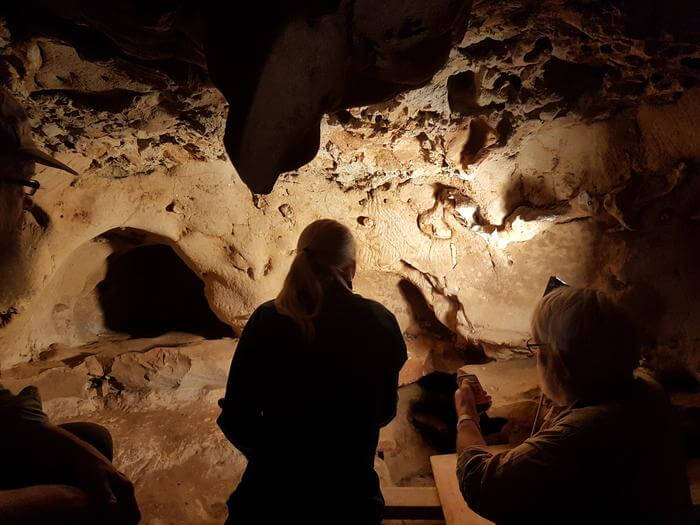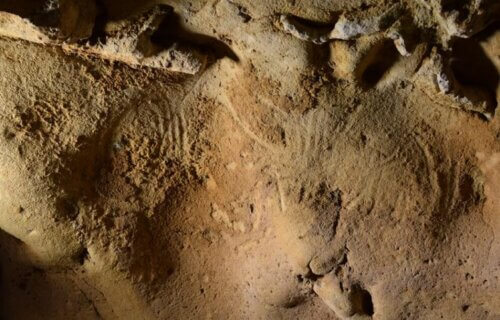TOURS, France — Cave paintings date back even further than historians may think. Researchers in France say the markings on the wall of La Roche-Cotard cave in the Centre-Val de Loire have been identified as the oldest known engravings created by Neanderthals. These drawings date back at least 57,000 years. Interpreted as finger-flutings, they are unique imprints made by human hands.
Research over the last few decades have shed light on the cultural complexity of Neanderthals, yet our understanding of their symbolic or artistic expression remains limited. The number of symbolic productions attributed to Neanderthals is relatively small, and their interpretation often sparks heated debates.
In this new study, Dr. Jean-Claude Marquet and his team identified these cave wall markings at La Roche-Cotard as the oldest Neanderthal engravings discovered by modern humans. The researchers conducted a plotting analysis and employed photogrammetry to generate 3D models of the engravings, subsequently comparing them with existing and experimental human marks.
Based on the shape, spacing, and arrangement of the engravings, the team concluded that these are “deliberate, organized, and intentional” shapes, unmistakably crafted by Neanderthal hands.
Further reinforcing their claim, the team dated sediments in the cave using cutting-edge optically-stimulated luminescence techniques. They determined that the cave was sealed off by infilling sediment approximately 57,000 years ago, a period significantly earlier than when Homo sapiens became established in the region. Coupled with the fact that the cave only contained Mousterian stone tools — a technology synonymous with Neanderthals — these findings provide strong evidence that the engravings are indeed the work of Neanderthals.

Dr. Marquet, based at the University of Tours in France, suggests that since these symbols are non-figurative, their intended purpose remains unclear. Interestingly, they share a similar age with cave engravings created by Homo sapiens in other parts of the world. These discoveries contribute to a growing body of evidence demonstrating that the behaviors and activities of Neanderthals were as complex and diverse as those of our own ancestors.
“Fifteen years after the resumption of excavations at the La Roche-Cotard site, the engravings have been dated to over 57,000 years ago and, thanks to stratigraphy, probably to around 75,000 years ago, making this the oldest decorated cave in France, if not Europe!” the study authors write in a media release.
The findings are published in the journal PLoS ONE.
Modern humans coexisted with Neanderthals in Europe for up to 3,000 years
Thousands of years after Neanderthals made these cave markings in France, scientists say they continued to share the land with modern humans for centuries. Researchers in the Netherlands have found that modern humans coexisted with Neanderthals in Europe for up to 3,000 years.
Their analysis of dozens of artifacts showed these two groups overlapped in France and northern Spain for much longer than previously thought. Distinctive stone knives suggest that they shared primitive technologies and may even have interbred. Specifically, computer modelling found the two species lived “side by side” for between 1,400 and 2,900 years.
Lead author Igor Djakovic, a PhD student at Leiden University, says it is the first evidence of direct encounters “at any regional scale.” Despite their stocky frames and heavy brows, Neanderthals were remarkably similar to humans and occupied Europe for more than 300,000 years. This is about 200,000 years longer than Homo sapiens have roamed Earth. Evidence of them vanishes around 28,000 years ago.
South West News Service writer Mark Waghorn contributed to this report.

